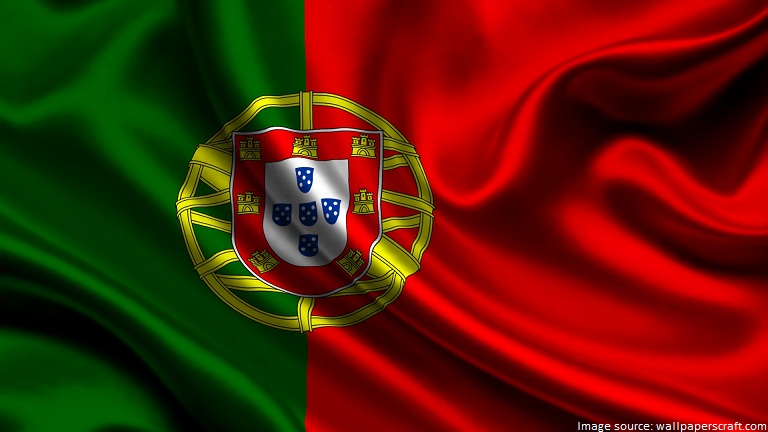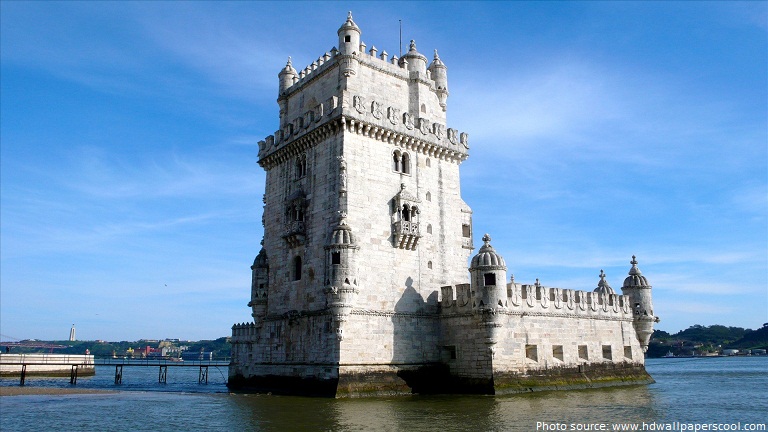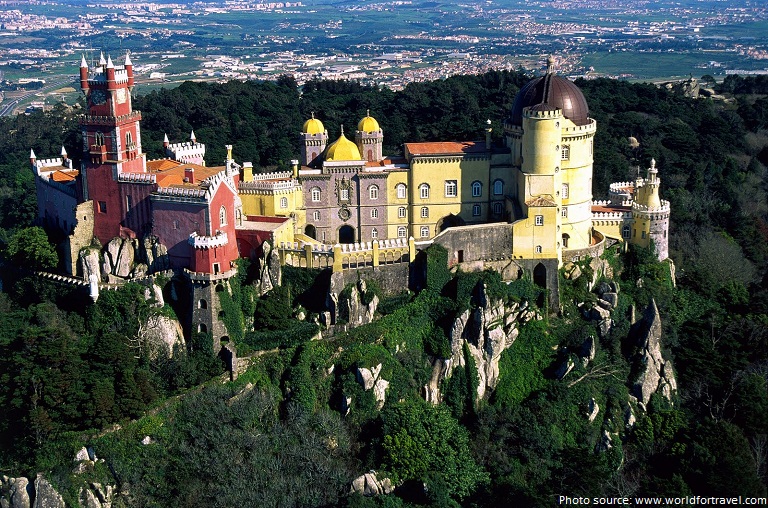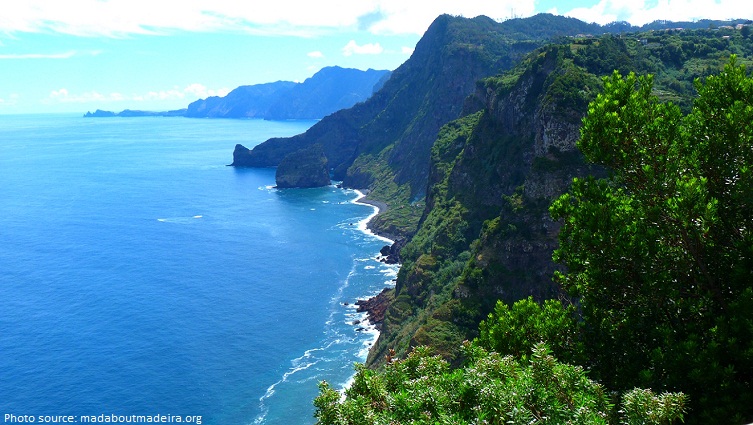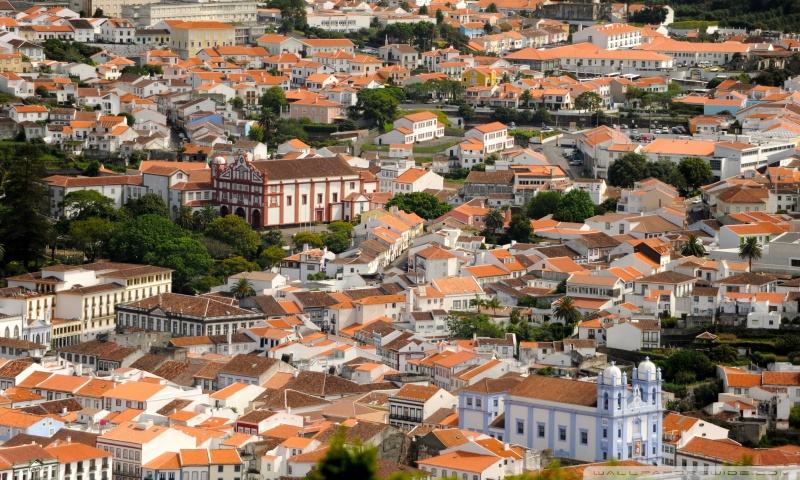The official name of Portugal is the Portuguese Republic.
Portugal is the westernmost country of the European mainland.
Portugal is one of the oldest countries in Europe. Having the same defined borders since 1139, almost 900 years ago.
Portugal has a population of over 10.5 million people.
Lisbon is the capital and the largest city of Portugal, with a population of 552,700.
Although Portugal was always a very small nation state, the Portuguese Empire was huge.
Portugal became the first global maritime power during the 15th & 16th centuries. Pioneering Portuguese explorers such as Henry the Navigator, Vasco da Gama and Álvares Cabral founded new lands and colonies making Portugal a major economic, political and military power, ultimately dividing the world with Spain.
One of the less pleasant Portugal facts is that the country was the first to engage in the transatlantic slave trade, taking slaves from West Africa to the New World, although the other European empires soon followed suit.
The Portuguese Empire was the longest-lived of the modern European empires and was spread throughout areas that now make up 53 different sovereign states. The legacy of this exploration is that the language of Portuguese is today the 6th most spoken first language in the world with over 260 million speakers.
Portuguese, along with French, Italian, Spanish and Romanian, is one of the five modern Romance languages.
There are many fascinating Portugal facts relating to the culture of the country. One of these facts concerns the tradition of Fatalism, or Fado. This is an attitude in music, literature and daily speech characterized by melancholy, resignation and a belief in capricious fate. In music, mournful songs about poverty or the seafaring life often express this sentiment.
The world-famous “Port” wine comes from Porto.
Many of Portugal’s dishes are fish-based due to the country’s situation on the Atlantic. The most famous fish dish is salted cod, bacalhau, which it is said can be cooked in 365 different ways.
Portugal today is a friendly, low-key place with a laidback vibe and a fantastic coastline, much of it fringed by golden sands and endless dunes.
The Algarve one of the best places to visit in Portugal. Located in the country’s southernmost region, the Algarve offers a feast for the eyes, from tranquil landscapes of olive groves, traditional whitewashed villages to the wild, windswept coast with its dramatic cliffs dotted with summer resorts.
One of Portugal’s best-loved historic monuments and a Lisbon icon, the Torre de Belém stands as a symbol of the Age of Discovery and the voyages of exploration undertaken in the 15th and 16th centuries.An impressive Renaissance loggia heightens the decoration. The tower’s cultural significance is such that UNESCO has listed it as a World Heritage Site.
Capital and gateway to the north of Portugal, Porto is both the city that provided a nation with a name and a fortified wine known worldwide as port.With its splendid geographical location on the mouth of the Douro River and an architectural heritage of exceptional quality, the historic center of Porto was declared a UNESCO World Heritage in 1996.
Sintra’s Palácio da Pena is one of the best examples of 19th-century Romantic revivalism in Portugal.Set at the top of the Monte da Pena, the palace was built on the site of an old monastery belonging to the Order of St. Jerome. Sintra and its surrounding mountains (Serra de Sintra) are classified as a UNESCO World Heritage Site.
Madeira is a Portuguese archipelago located in the north Atlantic Ocean.The region is noted for its Madeira wine, gastronomy, historical and cultural value, its endemic flora and fauna, landscapes ~Laurel forest~ which are classified as a UNESCO World Heritage Site and embroidery artisans.
Angra do Heroísmo, generally known as Angra, is a municipality and city on the island of Terceira in the Portuguese autonomous region of the Azores.The town was established in the latter half of the 15th century. Angra served as a place of exile for Almeida Garrett during the Napoleonic Wars. It also served as a refuge for Queen Maria II of Portugal from 1830 to 1833. It was classified as a World Heritage site by UNESCO in 1983.
Convent of Christ in Tomar originally designed as a monument symbolizing the Reconquest, the Convent of the Knights Templar of Tomar (transferred in 1344 to the Knights of the Order of Christ) came to symbolize just the opposite during the Manueline period – the opening up of Portugal to other civilizations.It was classified as a World Heritage site by UNESCO in 1983.
